Identifying, Tracking and Investigating Cancer Clusters Nationwide
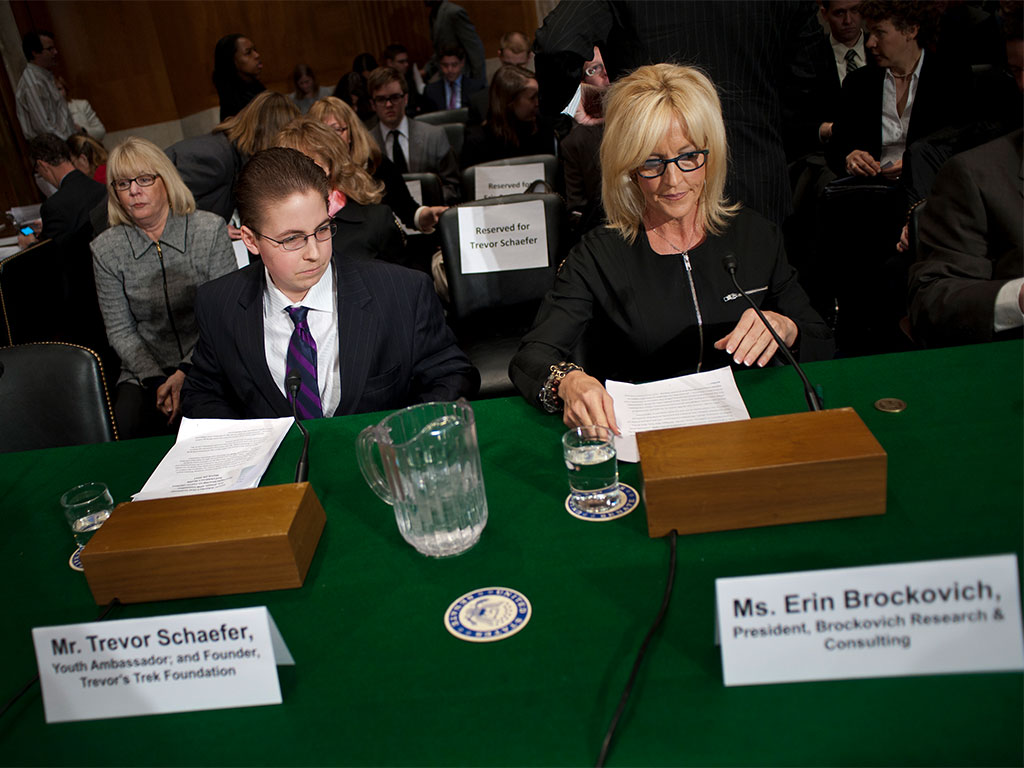
Trevor’s Law was originally introduced on January 25, 2011 by then Senator Barbara Boxer (D-CA) as the “Strengthening Protections for Children and Communities From Disease Clusters Act” (Senate Bill 76), in the Environment and Public Works Committee. This bipartisan bill was Co-Sponsored by Senator Mike Crapo (R-ID). S.76 was re-introduced on January 22, 2013 and was then known as bill S.50 with companion bill S.53.
Washington, DC – Senator Barbara Boxer (D-CA), Chairman of the Environment and Public Works Committee, introduced legislation with Senator Mike Crapo (R-ID) to help communities determine whether there is a connection between “clusters” of cancer, birth defects and other diseases, and contaminants in the surrounding environment.
Senator Boxer said: “Whenever there is an unusual increase in disease within in a community, those families deserve to know that the federal government’s top scientists and experts are accessible and available to help, especially when the health and safety of children are at risk. I am pleased to introduce this bipartisan legislation that will enable communities to get the answers they need as quickly as possible.”
Senator Crapo said: “As a two-time cancer survivor, I know that cancer can come from many sources. This legislation may provide the answers to questions that many families face when confronting disease, and it’s important that we find ways to help Americans fully understand disease clusters. Through increasing federal agency coordination and accountability and providing more resources to affected communities, families will have more information and tools to maintain health and well-being.”
Throughout the country, there are communities that experience unexpected increases in the incidence of birth defects, cancer and other diseases. The legislation, S. 76, is designed to:
• Strengthen federal agency coordination and accountability when investigating these potential certain “clusters” of disease;
• Increase assistance to areas impacted by potential disease clusters; and
• Authorize federal agencies to form partnerships with states and academic institutions to investigate and help address disease clusters.
The legislation being introduced today is supported by the Trevor’s Trek Foundation, co-founded by Charlie Smith and Susan Rosser with Trevor Schaefer, who survived after being diagnosed with brain cancer at the age of 13. Trevor and his family have worked to raise awareness of disease clusters and their possible links to toxins in the environment, and to help build support for legislation to assist communities experiencing suspected disease clusters.
On March 29, 2011 Trevor testified at a hearing on Disease Cluster and Environmental Health in the Environment and Public Works Committee along with Erin Brockovich and Natural Resources Defense Council Senior Scientist Dr. Gina Solomon.
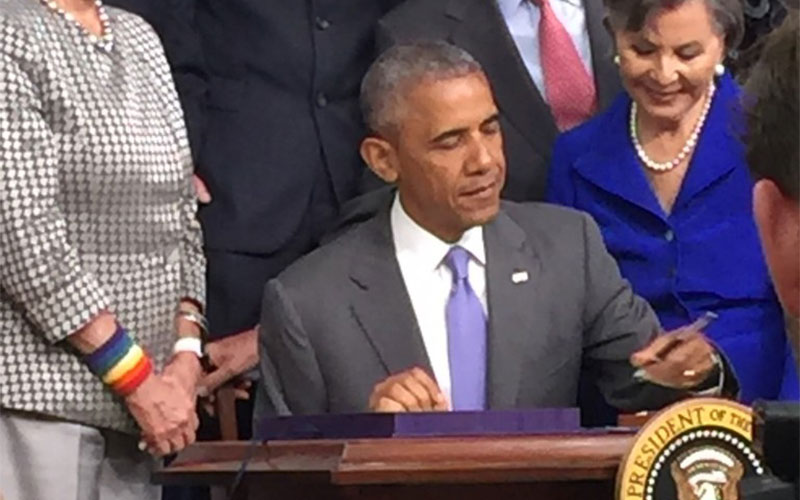

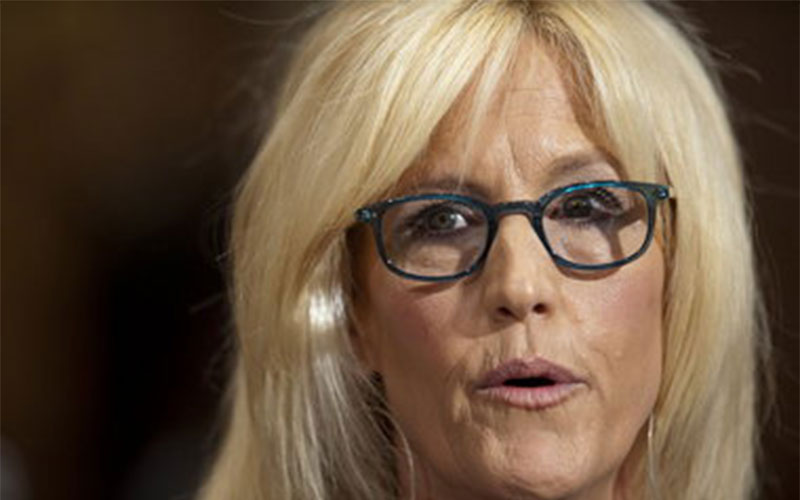

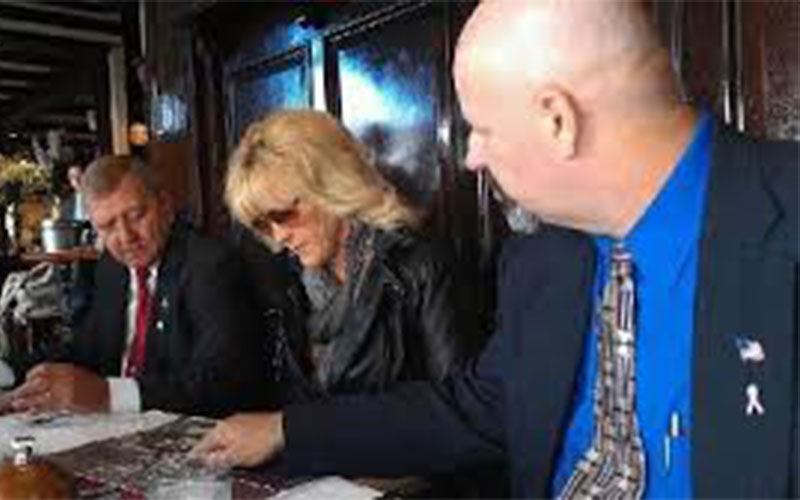

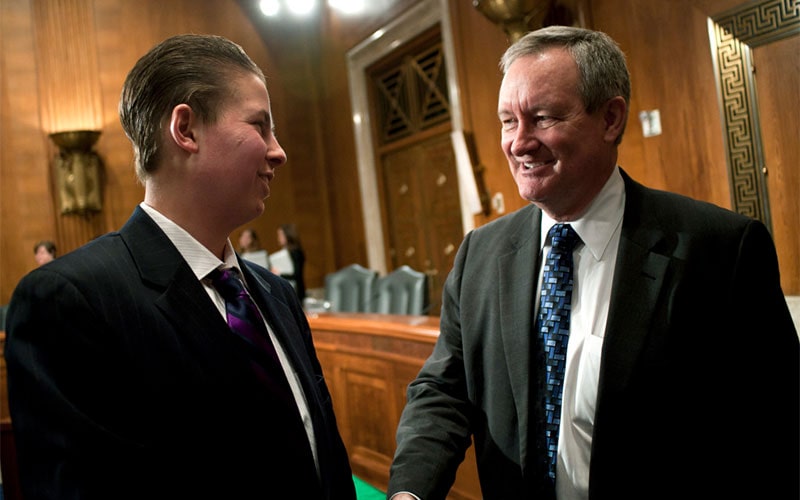

Washington, D.C. – Senator Barbara Boxer (D-CA), Chairman of the Environment and Public Works Committee, introduced legislation to help communities determine whether there is a connection between “clusters” of cancer, birth defects and other diseases, and contaminants in the surrounding environment. Senator Mike Crapo (R-ID) is a co-sponsor of the legislation, called the Strengthening Protections for Children and Communities from Disease Clusters Act (S. 50), this bill was formerly known as S.76.
Senator Boxer said: “When the same disease impacts a family, neighborhood, or community, people have a right to know if there is a common factor or related cause. I am pleased to introduce this bipartisan legislation that will help our communities investigate and address devastating disease clusters as quickly as possible.”
Throughout the country, there are communities that experience unexpected increases in the incidence of birth defects, cancer and other diseases. S. 50 is designed to:
Strengthen federal agency coordination and accountability when investigating potential disease clusters;
Increase assistance to areas impacted by potential disease clusters; and
Authorize federal agencies to form partnerships with states and academic institutions to investigate and help address disease clusters.
The legislation is supported by the Trevor’s Trek Foundation, co-founded by Charlie Smith and Susan Rosser with Trevor Schaefer, who survived after being diagnosed with brain cancer in 2002 at the age of 13. Trevor and his family have worked to raise awareness of disease clusters and their possible links to toxins in the environment, and to help build support for legislation to assist communities experiencing suspected disease clusters.
Senator Boxer and Senator Crapo also introduced S. 53, the Community Disease Cluster Assistance Act. The bill authorizes technical assistance grants to help people in communities better understand and become more involved with the investigation of reported disease clusters.
Due to the fractured political climate, S. 50 and S. 53 did not make it to the Senate Floor for a vote. But in the fall of 2015 Trevor began working with Senator Crapo and Senator Boxer to re-write Trevor’s Law to focus on cancer clusters. The new Trevor’s Law was soon attached to the Toxic Substances Control Act(TSCA) reform bill known as the Frank R. Lautenberg Chemical Safety for the 21st Century Act. On June 22, 2016 President Barack Obama signed into law TSCA and Trevor’s Law.
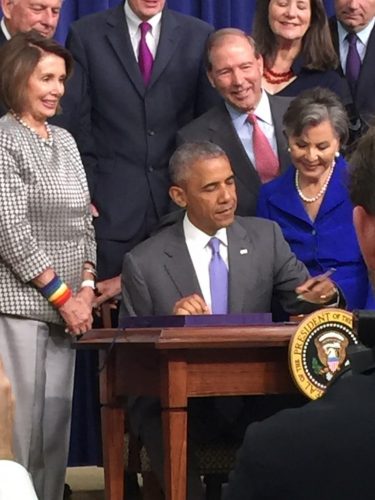

CDC/ATSDR has been working on updating existing cancer cluster investigation guidelines in accordance with the Trevor’s Law provision within the Frank R. Lautenberg Chemical Safety for the 21st Century Act. CDC/ATSDR conducted extensive scientific literature reviews and gathered comprehensive feedback from community stakeholders, subject matter experts, and state, tribal, local, and territorial partners. The updated guidelines:
The National Academies of Sciences, Engineering and Medicine have published the proceedings from their workshop ‘The Potential Contribution of Cancer Genomics to Community Investigations of Unusual Patterns of Cancer held on April 13th, 2023!